Every five years authorities count the number of Asiatic lions in the Gir national park. In the last census in 2015 there were 523 Asiatic lions.
Originally spanning an area from eastern Turkey to central India, their natural habitat has come under increasing threat from poaching to shrinking geographical borders; only several hundred are now believed to be in the wild, confined to the national park in the Indian state of Gujarat.
This year, the 2020 census was unique because the traditional method of counting the lion population using thousands of people was hampered by COVID-19 restrictions in India.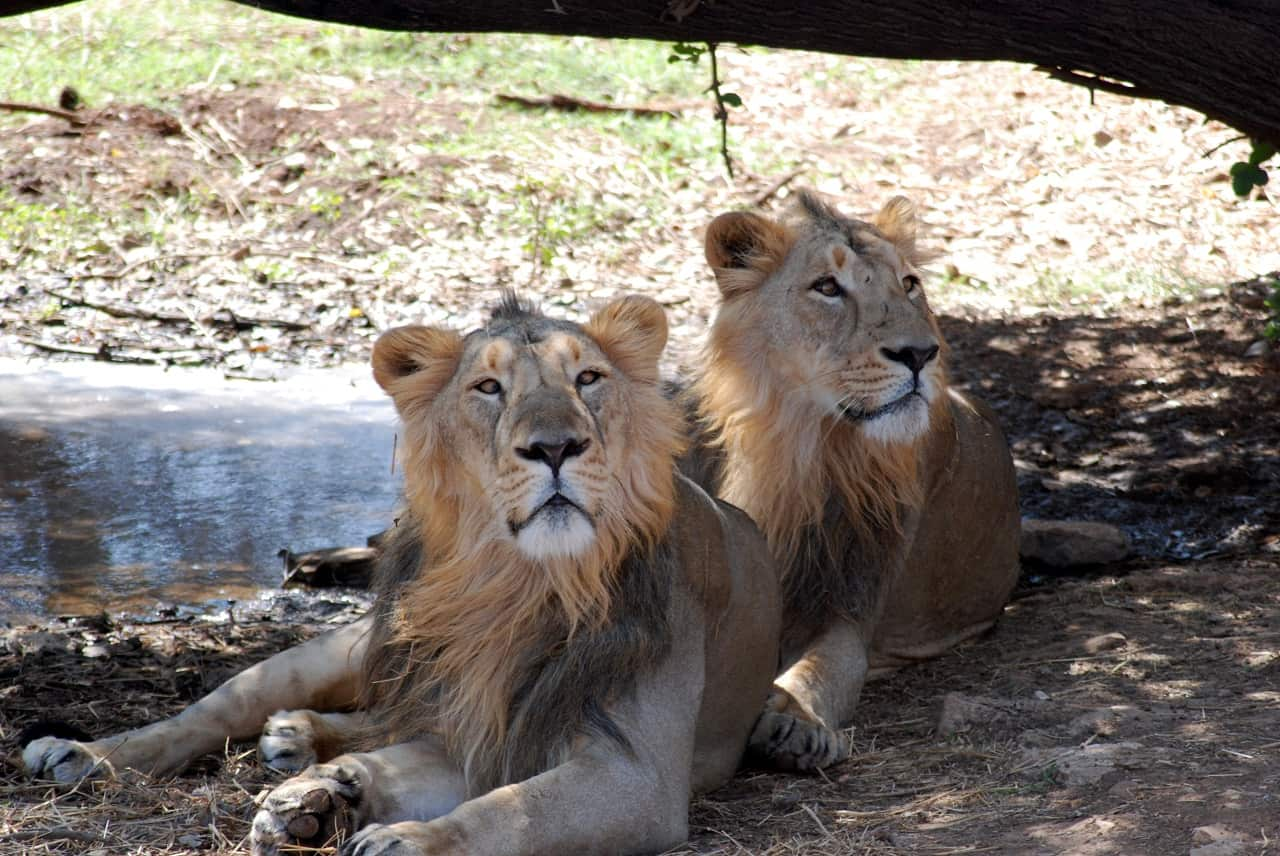 Instead, the Forest Department of the Gujarat state adopted a new approach involving the full moon in order to count the population of the lions in the forest.
Instead, the Forest Department of the Gujarat state adopted a new approach involving the full moon in order to count the population of the lions in the forest.

Asiatic lions in the Gir Forest National Park and Wildlife Sanctuary on May 4, 2012. Source: AAP
Highlights
- The Asiatic lion population was counted by an observational method called ‘Poonam Avlokan’ using the full moon.
- The population has increased from 523 in 2015 to 674 in 2020.
- But there are calls for an investigation into their high mortality rate.
“The exercise called ‘Poonam Avlokan’ is also known as ‘Observation on a full moon night’, as we get more light from the moon," says Dushyant Vasavda, Chief Conservator of Gir Forest of Junagadh division.
"It's done every month, on the day of the full moon, to record the movement of the lions in the forest and monitor their health," he told SBS Gujarati. 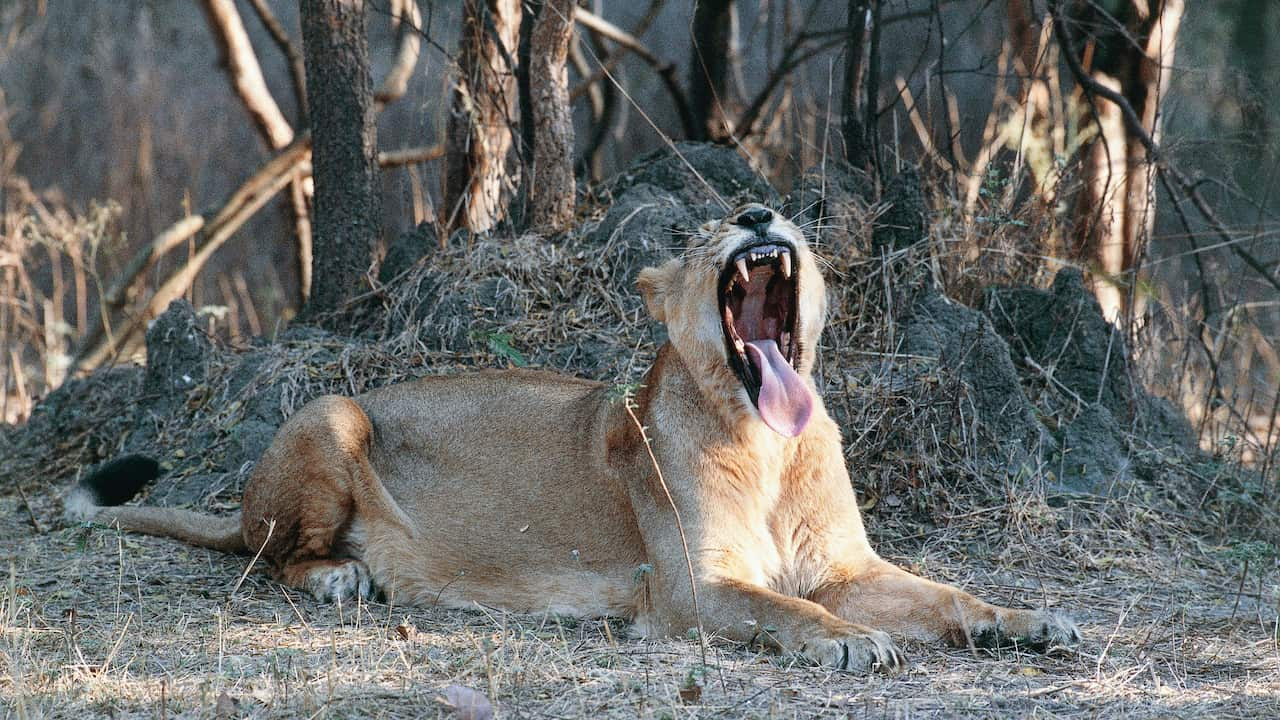 The normal way of estimating the population, involving the active participation of between 5,000 to 6,000 wildlife enthusiasts, NGOs, forest personnel and volunteers, couldn't be allowed due to the social distancing rules.
The normal way of estimating the population, involving the active participation of between 5,000 to 6,000 wildlife enthusiasts, NGOs, forest personnel and volunteers, couldn't be allowed due to the social distancing rules.

Female Asiatic lion or Indian lion, Gir Forest Wildlife Sanctuary, India Source: DeAgostini/Getty Images
“The ‘Poonam Avlokan’ exercise started in 2014, and the forest staff in the Asiatic lion landscape regularly patrolled the respective administrative units on the full moon night. This exercise helps us understand the movement, the population structure and the distribution of the Asiatic lions in the Gir Forest National Park”, Mr Vasavda said.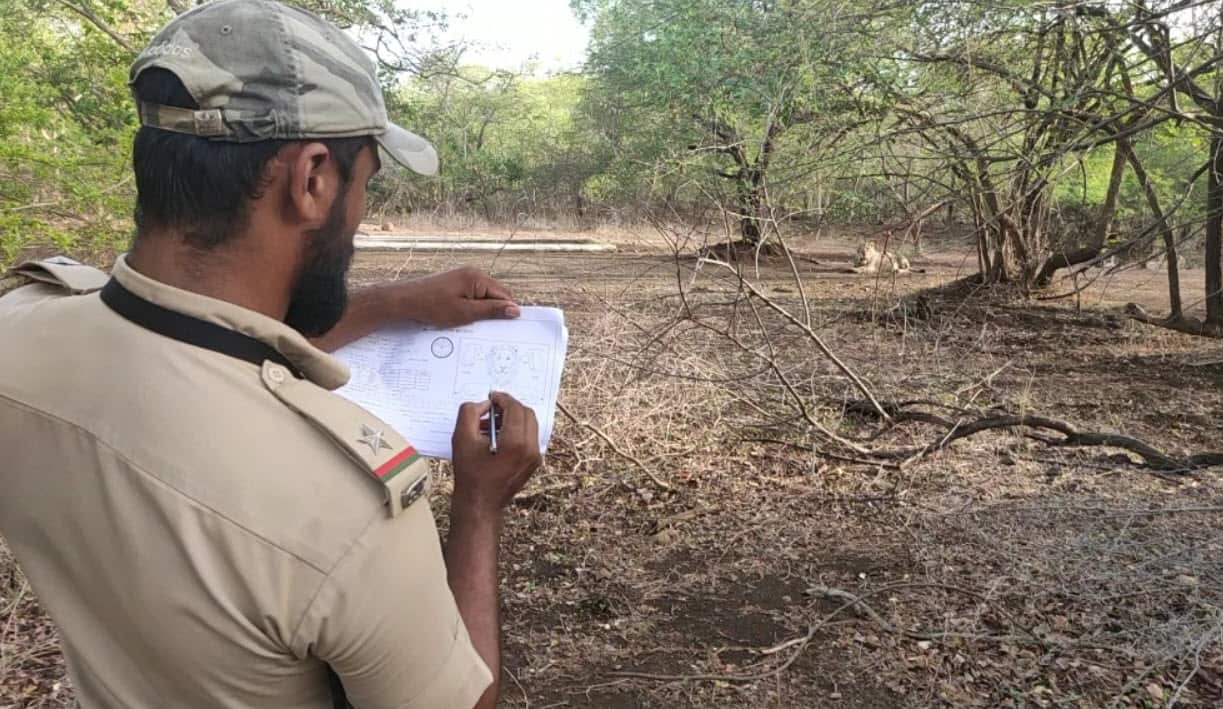 "This year, a similar exercise was conducted on the night of the full moon in the month of June. Around 1,500 officers and field staff assessed the number of lions for a period 24 hours from 2 pm on the day of the full moon on the 5th of June 2020 until 2 pm of the next day, the 6th of June 2020.
"This year, a similar exercise was conducted on the night of the full moon in the month of June. Around 1,500 officers and field staff assessed the number of lions for a period 24 hours from 2 pm on the day of the full moon on the 5th of June 2020 until 2 pm of the next day, the 6th of June 2020.

An official from the forest department of Gujarat, is seen counting lion. Source: Forest Department of Gujarat
“Officials involved in the counting process were given tablets to record the data, identification marks, locations and images of lions. Then, the collected data were extracted and analysed using statistical software.”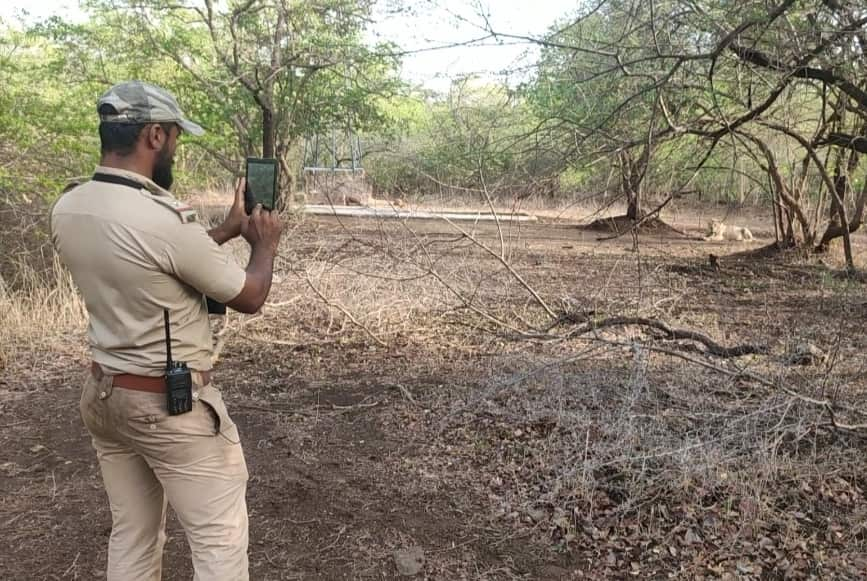 The census recorded 674 lions in 2020 - a 29 per cent increase in the population, which was 523 in the year 2015.
The census recorded 674 lions in 2020 - a 29 per cent increase in the population, which was 523 in the year 2015.

An official from the forest department of Gujarat, is seen counting lion. Source: Forest Department of Gujarat
Indian Prime Minister Narendra Modi, shared the news on social media, commending community participation and good habitat management as well as steps to minimise human-lion conflict.
High mortality rate among Asiatic lions
But while India's prime minister celebrated the increase in population, there have also been reports of a high mortality rate of the Asiatic lions in the forest.
Indian environmental publication, Down to Earth, reports that 92 Asiatic lions have died in the area since January this year according to a government report. Some suggest that in-fighting and canine distemper virus (CDV) are to blame. The deaths include 19 males, 25 females, and 42 cubs.
The publication also quotes a forest department official in Gujarat who suggested the increase in Asiatic lion numbers from the Poonam Avlokan method of counting had been done "to divert the attention from the high rate of lion mortality in Gir."
There have also been calls for the setting up of an investigation into the deaths. The central committee by India's federal ministry of environment and forests that examined lion deaths, did not deliberate on shifting of the lions as the matter is before a committee formed by a court.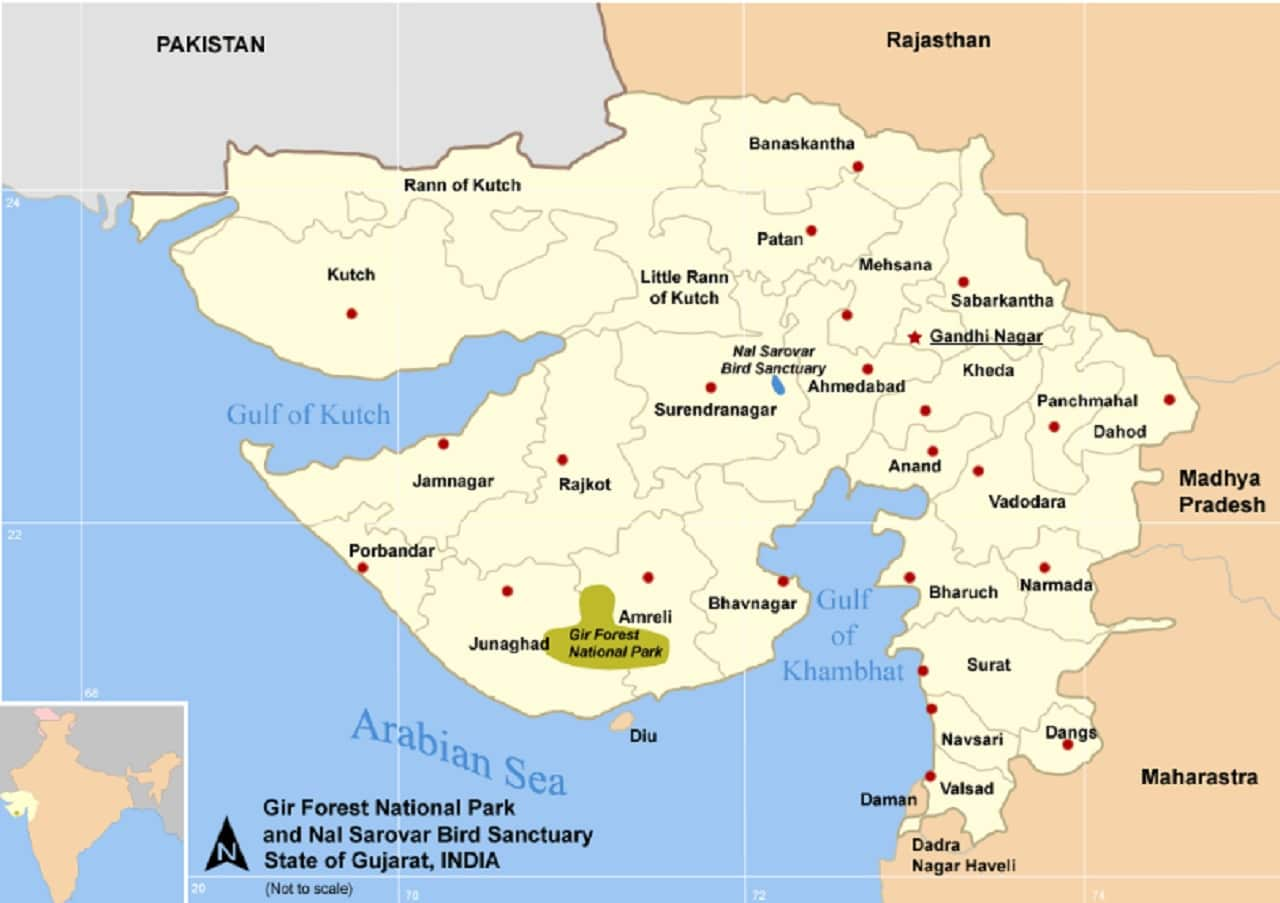 Some wildlife conservationists are asking why an Indian Supreme Court judgement from 2013 to translocate some of the lions hasn't yet been implemented.
Some wildlife conservationists are asking why an Indian Supreme Court judgement from 2013 to translocate some of the lions hasn't yet been implemented.

Gir Forest National Park - Wikimedia Commons Source: Wikimedia Commons
The judgement stated "the necessity of a second natural habitat for its (Asiatic lion's) long term conservation to be implemented agreed with the idea of shifting lions outside Gujarat to the Kuno Wildlife Sanctuary of Madhya Pradesh."
Asiatic lion expert Ravi Chellam, who had also devised a relocation plan for the lions has long called for the translocation to happen in order for the continued successful survival of the lion.
"Extinction has been staved off for the time being," he says. But with diseases such as canine distemper having a devastating impact, "it's important to take pre-emptive action."
Lion’s clash with human population
Shrinking habitat and encroachment by humans has also led to increased confrontations between the human population sharing the forest area with the lions.
“The lion’s conflict with people happens as they sometimes enter in the human residential areas, but we have our team keeping an eye on the people living in that forest area," Dushyant Vasavda says.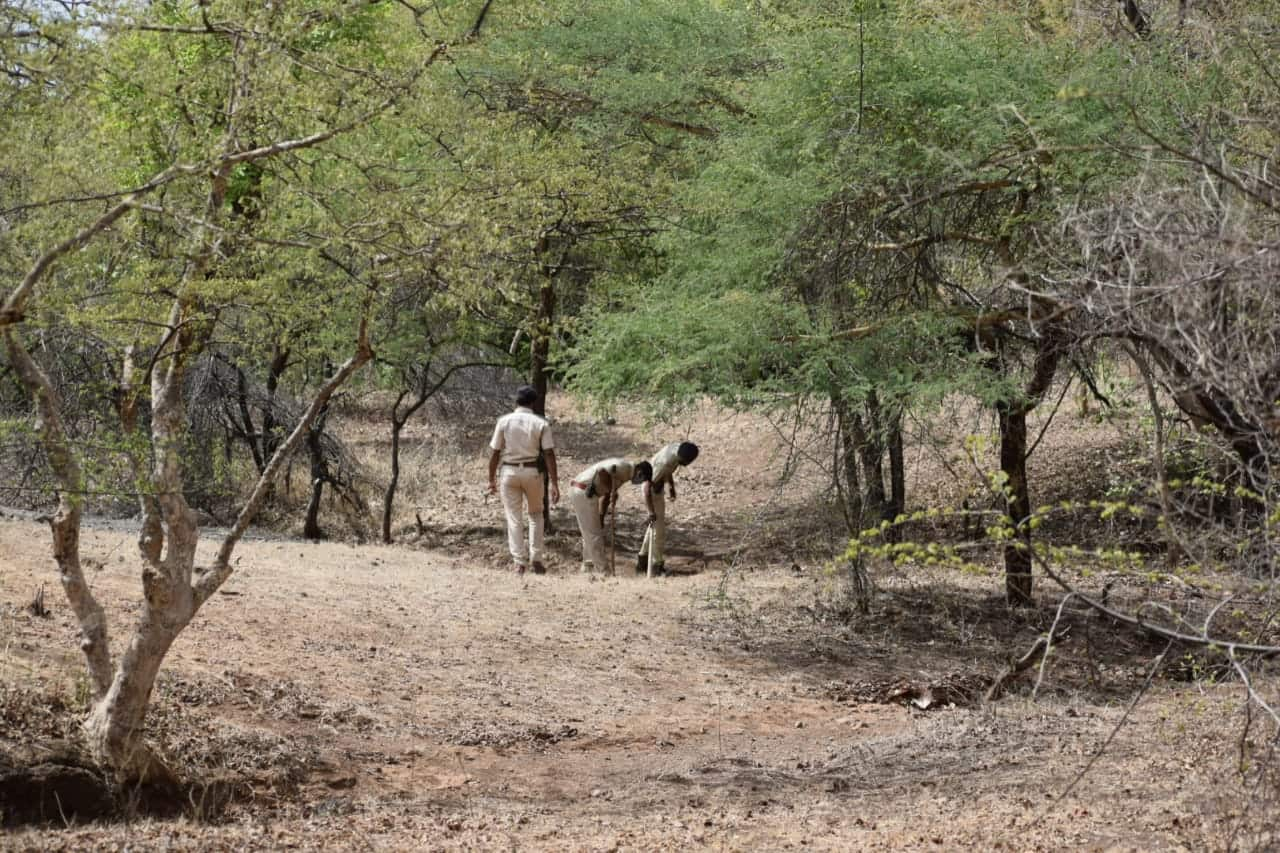

Officials from the forest department of Gujarat seen recording the movement of lions in the Sasan Gir forest in Gujarat, in India. Source: Forest Department of Gujarat
Apart from that, we regularly conduct meetings with the people in the forest and advise them about the importance of lions for the region.
“We also educate and encourage them to join various programs run by NGOs and government,” Mr Vasavda concluded.
Share


